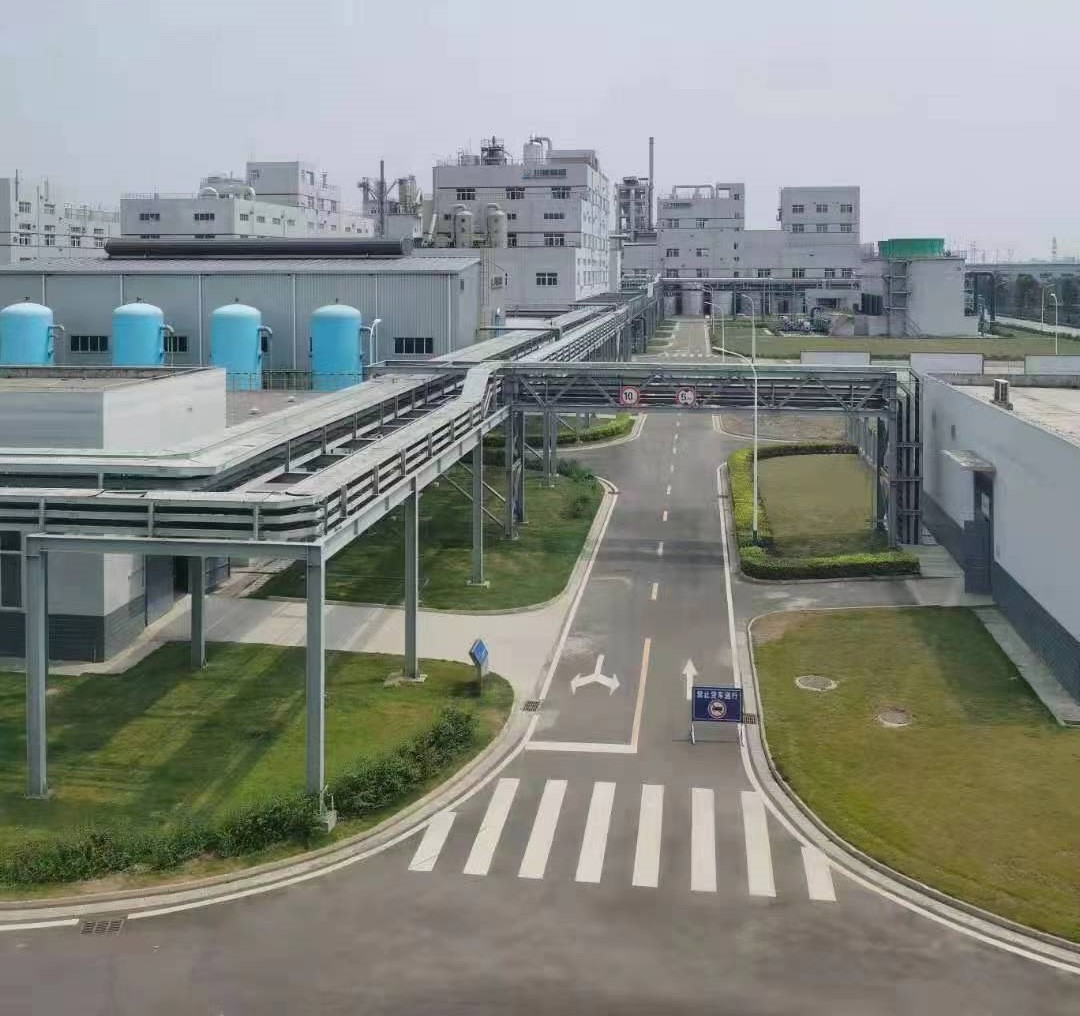Domestic lithium hydroxide production of 156200 tons in the first half of 2025
Jul,27,25
Domestic lithium hydroxide production of 156200 tons in the first half of 2025
According to incomplete statistics from China Lithium High Tech Co., Ltd., the domestic production of lithium hydroxide in the first half of 2025 was 156200 tons, a year-on-year decrease of 16.8%. The decline in production is mainly due to multiple factors: previously, there was a significant overcapacity in lithium hydroxide production capacity, and the market held cautious expectations for future demand for ternary materials, with prices continuing to invert. As a result, some lithium hydroxide production capacity was converted to lithium carbonate in the second half of last year, and the lithium hydroxide market gradually rationalized. Some salt factories voluntarily lowered or stopped their lithium hydroxide production plans, leading to a significant decline in production in the first half of the year. From the perspective of capacity utilization, although some of the production capacity has been cut off from lithium carbonate last year, the total production of lithium hydroxide has also significantly decreased, resulting in the overall capacity utilization rate of the industry still appearing low. Since March this year, it has basically remained around 50%. In depth analysis of the reasons for the low capacity utilization rate, the core lies in the existence of a large amount of idle capacity in the market, while the actual capacity utilization level of in production enterprises is not at an extremely low level. Specifically, top enterprises such as Yabao and Yahua maintain a production capacity utilization rate of over 70%; Due to equipment maintenance in January and February, Tianyi's overall capacity utilization rate in the first half of the year was only 50%; Affected by weak overseas demand, China Lithium High Tech Co., Ltd., proactively lowered its lithium hydroxide production plan, and the capacity utilization rate remained around 50% in the first half of the year. In addition, companies such as Shengxin and Ronghui have basically withdrawn from the competition in the lithium hydroxide market in the short term, and have concentrated their resources on the lithium carbonate field. Therefore, there was basically no output of lithium hydroxide this year. Compared to lithium carbonate, lithium hydroxide has a higher market concentration. In the first half of this year, CR3 companies accounted for 59% of the market share, while CR5 companies held over 80% of the market share. From the perspective of downstream demand structure, the purchasing side is also highly concentrated, mainly adopting the factory direct supply model, and the overall market transaction structure is relatively simple. From the perspective of individual enterprises, Tianyi Lithium Industry experienced a significant decline in production due to equipment maintenance in January and February, as well as the shift of some production capacity to lithium carbonate in the second half of last year; At the same time, Yabao's 50000 ton new production capacity in Meishan continues to be released, driving steady production growth. In the first half of the year, it gradually surpassed Tianyi Lithium to become the industry's largest producer. Although China Lithium High Tech Co., Ltd., and Yahua have lowered their lithium hydroxide production plans due to weak downstream demand, the overall competitive landscape among top companies has not changed much. In the first half of 2025, although the fluctuation range of lithium hydroxide prices is not as severe as that of lithium carbonate, the overall trend is highly linked to lithium carbonate - as the price of lithium carbonate continues to decline and falls below the key support level of 60000 yuan/ton, the price of lithium hydroxide also declines synchronously. At the same time, the long-term agreement and individual discount coefficients in the market pricing system continued to weaken before the end of June, with the individual discount coefficient falling all the way to around 93-94% off. Looking ahead to the second half of the year, the supply of lithium hydroxide market will be more closely aligned with changes in demand. It is expected that the production in the second half of the year will slightly increase compared to the first half, but the growth rate will be limited. The situation of severe oversupply in the market will gradually ease, and under the background of supply and demand pattern adjustment, the discount coefficient of lithium hydroxide prices is also expected to stop falling and rebound.






